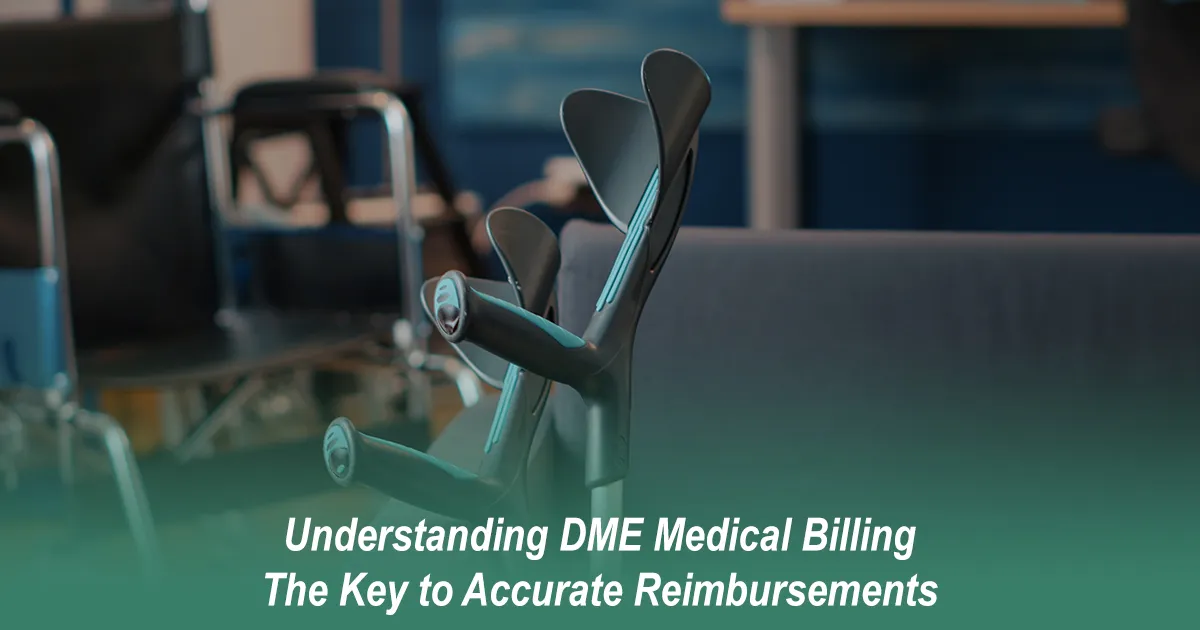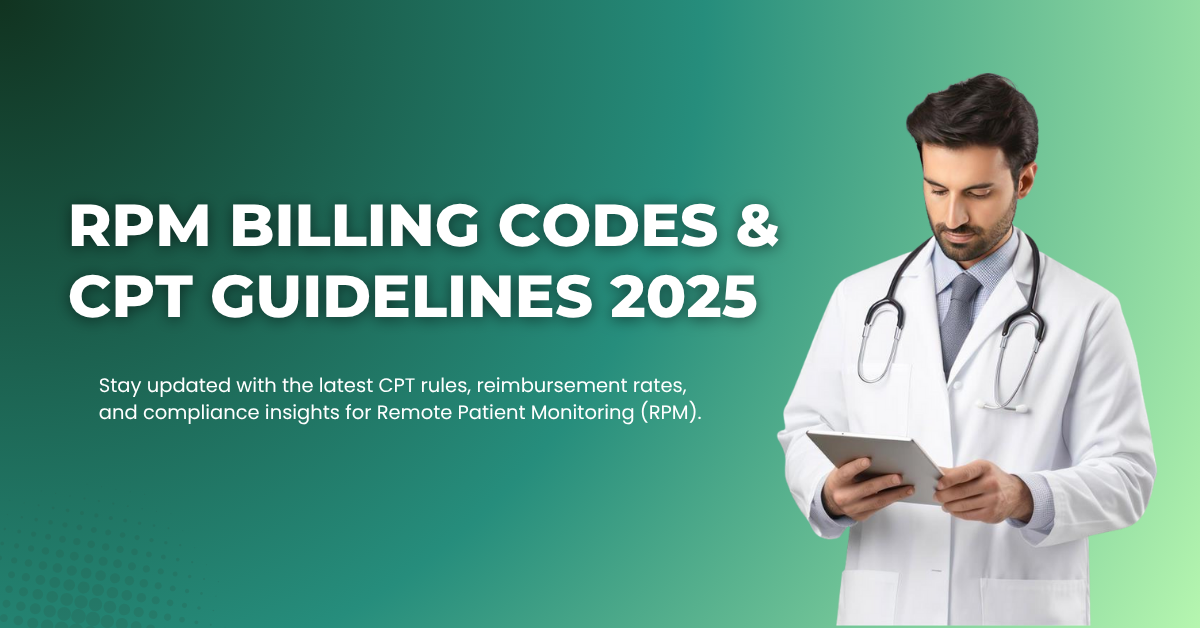
Posted By: Medsole RCM
Posted Date: Oct 28, 2025
Quick ICD & CPT Reference (2025): ICD-10 code for Vitamin D Deficiency — E55.9; Vitamin D Insufficiency — E55.8; Vitamin D 25-hydroxy test — CPT 82306; Venipuncture — CPT 36415.
Vitamin D Deficiency ICD-10 (E55.9) holds great relevance in today’s medical billing and patient care documentation.
It’s a condition that affects bone density, influences calcium absorption, and even weakens immune function—and now, these must be evaluated with more precision under the ICD-10-CM Classification System (Category 2025) for compliance and proper reimbursement.
Only by coding correctly can a healthcare facility track population health outcomes and stay financially sound.
The ICD-10 code for Vitamin D deficiency is commonly recorded as E55.9 for confirmed deficiency; use E55.8 when levels are low but not diagnostic for full deficiency.
The wrong ICD-10 code for vitamin D deficiency will cost you time, money, and reputation. Incorrect ICD-10 reporting can lead to denials, rework of claims, and mistakes in patient records.
Confusion between E55.9 and E55.8 (vitamin D insufficiency ICD-10) is a frequent denial trigger. While this diagnosis code is applicable for both the coder and CDI specialist, properly documenting, reporting, and billing are critical for CMS compliance—and the functioning of effective revenue cycle management in American hospitals.
The ICD-10-CM Code E55.9 applies when Vitamin D deficiency is confirmed without mentioning a specific subtype or cause.
If malabsorption contributes to the deficiency, code it separately.
When nutritional deficiency or Vitamin D-induced osteoporosis appears in records, list those as secondary diagnoses for diagnostic accuracy.
|
ICD-10 Code |
Description |
Common Use |
Supporting Data |
|---|---|---|---|
|
E55.9 |
Vitamin D deficiency, unspecified |
Normal adult deficiency |
Serum Vitamin D < 20 ng/mL |
|
LE55.0 |
Rickets, active |
Pediatric deficiency |
Radiographic confirmation |
|
E55.8 |
Other Vitamin D Deficiencies (Insufficiency) |
Borderline deficiency/insufficiency |
Serum 21–29 ng/mL |
In the ICD-10, there is a code for Vitamin D deficiency known as E55.9. Bill CPT code 82306 for the lab tests, and to demonstrate the venipuncture, bill 36415. Make sure you use the appropriate modifier in billing for Preventive Services for Vitamin D Deficiency under ICD-10. [ICD-10-CM 2025] For EP professional claims where the HIT system assigns a code, ICD-10-CM 2025 format templates must be utilized, and provider-generated EHR must be consistent with these standards to comply with payer review.
Using E55.9 is both clinically and financially meaningful.
From a billing perspective, when a Vitamin D deficiency diagnosis isn’t properly documented, it often leads to rejection and forces rebilling.
From a clinical perspective, accurate coding ensures care continuity, clear health data, and correct payment from Medicare and commercial payers.
Avoiding these errors prevents unnecessary denials and keeps billing efficient.
The CMS ICD-10-CM 2025 revision emphasizes linking lab results directly to the physician’s interpretation.
Each claim coded with E55.9 must be supported by lab evidence and treatment documentation—not just diagnosis notes.
Checklist: Documents Required for E55.9 Claims
Proper documentation helps meet payer demands and lowers OIG audit risks.
The cause—whether nutritional, metabolic, or drug-induced—should be identified in every case.
Read more on official CMS coverage guidelines for vitamin D-related services.
Vitamin D Insufficiency ICD-10 (E55.8) is applied when the patient’s Vitamin D levels are low but not low enough to qualify as a true deficiency.
By contrast, Vitamin D Deficiency ICD-10 (E55.9) is used when the condition is clinically significant.
|
Parameter |
E55.8 – Insufficiency |
E55.9 – Deficiency |
|---|---|---|
|
Serum Level |
21–29 ng/mL |
< 20 ng/mL |
|
Symptoms |
Mild fatigue, occasional muscle weakness |
Bone pain, fractures, severe fatigue |
|
Payer Reimbursement |
Limited |
Full (with documentation) |
|
Co-Conditions |
Musculoskeletal pain (ICD-10 M79.1), Osteoporosis (ICD-10 M81.0) |
Hypocalcemia (ICD-10 E83.51), Malnutrition (ICD-10 E46) |
This differentiation ensures coders choose the correct ICD-10 category and receive proper reimbursement under payer guidelines.
The detailed ICD classifications can enhance the accuracy of reporting in ICD-10-CM 2025 and allow monitoring of nutrition-associated chronic conditions. Please consult the most current CMS Compliance Manuals for E55 updates. This issue is particularly relevant for Medicare Advantage claims.
Properly coded E55.9 means tighter revenue cycle control, reduced denials and more effective preventive care tracking. It’s one more way to help ensure you have consistent EHR data across systems—vital for practices striving to reach both regulatory and clinical quality targets.
All rightful claims for Vitamin D Deficiency ICD-10 (2025) have to depend on a correct CPT-ICD connection. The ICD-10 code for Vitamin D Deficiency is E55.9, which is related to lab testing protocols that confirm clinical need. Providers need to guarantee such diagnostic linkages are uniform in both their EHR and claim forms, or they risk raising payer objections.
The type of measurement of 25-hydroxyvitamin D is done using the CPT code 82306 with venipuncture, which is described by the code 36415 when claims are submitted. These are codes that hold the key to ensuring claim linkage is accurate. If the testing occurs as part of preventive screening, proper modifiers must be appended to comply with CMS 2025 guidelines. For screening contexts, consider ICD-10 Z13.89 or payer-specific screening codes alongside E55.8/E55.9, and verify whether CPT 82306 is treated as preventive by the payer.
|
CPT Code |
Description |
Usage Context |
Documentation Required |
|---|---|---|---|
|
82306 |
Vitamin D, 25-hydroxy, total |
Standard lab test to measure deficiency. |
Lab report confirming serum level. |
|
36415 |
Venipuncture, routine |
Used when collecting a patient's blood sample |
Signed provider order |
|
G0472 |
Preventive vitamin D screening |
Medicare wellness visits and preventive programs |
Provider documentation of necessity |
The ICD-10 code E55.9 should always be cross-referenced with CPT 82306 in test-driven deficiency cases. Claims missing this pairing risk automatic rejections or audit flags.
Per CMS 2025, Vitamin D Deficiency documentation has to link directly with clinical. The interpretation by the provider, as well as serum level notes and treatment information, must specifically match the CPT being billed. Lack of medical necessity can result in claim denials and post-payment audits. When a patient moves from low levels to confirmed deficiency, update the claim from E55.8 to E55.9 to reflect medical necessity.
For better denial prevention workflows, explore Denials Management at MedSole RCM.
E55: Vitamin D Deficiency (HCC) / Multi-Condition Coding Appendices (G47 115.9)
Vitamin D deficiency should not be diagnosed based on a single test. It is often related to conditions such as osteoporosis [ICD-10 M81.0], hypocalcemia (E83.51), and malnutrition (E46). When diagnosed and reported, these concurrent conditions support the accurate depiction of a patient's overall medical status.
Cross-coding of the data is essential if links between metabolic diseases and musculoskeletal conditions are to be established: CSM 2025. By connecting those diagnoses properly, coders can defend medical necessity, meet payer documentation needs, and support the provider in getting paid.
True or False: Accurate documentation is the foundation of compliance coding. Each E55.9 threshold was appropriate and included test data and the physician's interpretation, as well as any stated concomitant conditions.
When two diagnoses are related, the EHR must indicate a causal relationship, such as “osteoporosis from Vitamin D deficiency.”
This clear medical documentation will be a great source for you in an audit, ensure robust clinical validation, and improve the rate of approval. Without this link, providers face denials, rework, or incomplete data reporting for CMS quality metrics.
Can E55.9 be the primary diagnosis?
Yes — E55.9 may be listed as the principal diagnosis when vitamin D deficiency is the primary reason for the encounter and documentation supports it.
E55.8 — Vitamin D insufficiency (low vitamin D level). E55.9 — Vitamin D Deficiency (confirmed; supports medical necessity).
One of the most common reasons claims for Vitamin D Deficiency ICD-10 (2025) are refused is due to billing errors with multiple conditions. Most recitations are out of order or lack sufficient cause. Coders must maintain consistency between ICD-10 diagnosis codes and therapies administered.
Common mistakes include underreporting secondary illnesses, skipping treatment follow-up, and coding preventive tests without sufficient evidence. However, robust internal assessments, clinical audits, and payer-oriented documentation templates all help ensure claim defensibility.
MedSole RCM helps healthcare providers follow the rules while keeping their income steady and good relationships with insurance companies by ensuring that clinical records are accurate and billing is precise.
To be relevant in ICD-10 (2025), records must include a Vitamin D Deficiency ICD-10 (E55.9) claim, which includes:
This method reduces denials and improves the overall health of the revenue cycle over time.
Whether coding vitamin D deficiency ICD-10 (E55.9) or vitamin D insufficiency ICD-10 (E55.8), accuracy in 25-hydroxy documentation is key to reimbursement. Vitamin D Deficiency ICD-10 (2025) must be understood and documented correctly. It is the appropriate course of action for both therapeutic truth-telling and fiscal stability. With the rise in coding complexity, caregivers must ensure that each E55.9 entry represents the whole clinical picture, including pertinent test results and compliant documentation.
A strong coding of Vitamin D deficiency will lower the chances of claim denials, boost trust from payers, and ensure we follow the CMS 2025 rules. By using the right documents, CPT mapping, and accurate practices for multiple conditions, you can get paid while making the work process easier. With MedSole RCM, you can achieve excellent billing accuracy from beginning to end, making Vitamin D Deficiency coding a great example of following the rules and using data to improve revenue.
For more guidance on CMS documentation and coverage, visit the CMS resource page.
1. What is the ICD-10 code for Vitamin D Deficiency?
The ICD-10 code for Vitamin D Deficiency is **E55.9**. Defining a vitamin D deficiency without a specific subtype, the reason, or the cause is recorded as E55.9. This is the default coding. It is listed as a billing code under ICD-10-CM 2025.
2. What is the ICD-10 code for Vitamin D Insufficiency?
The code E55.8 is assigned for Vitamin D Insufficiency as long as the recorded level does not clinically reach the status of a deficiency.
3. What is the CPT code for Vitamin D blood work?
The CPT code **82306** is assigned for a Vitamin D blood test, while **36415** is assigned for blood collection through venipuncture.
4. Can I report E55.9 with other conditions?
Yes, **E55.9** can be reported with **malnutrition (E46)**, **hypocalcemia (E53.51)**, or **osteoporosis (M81.0)** provided there is a clinical rationale for the linkage
5. Is CPT 82306 preventive?
Some payers treat CPT 82306 as preventive when used for vitamin D screening (often paired with ICD-10 Z13.89); always verify payer policy and apply proper modifiers.
6. How to code low vitamin D level vs deficiency?
Use E55.8 for low/insufficient Vitamin D levels and E55.9 for confirmed deficiency when lab evidence (25-hydroxy <20 ng/mL) exists.
7. Can E55.9 be a principal diagnosis?
Yes. E55.9 may be the principal diagnosis if the deficiency is the primary reason for the visit and the clinician's documentation supports that determination.
Recent Blogs

Posted Date: Jun 24, 2025

Posted Date: Jun 26, 2025

Posted Date: Jun 28, 2025

Posted Date: Jun 30, 2025

Posted Date: Jul 02, 2025

Posted Date: Jul 04, 2025

Posted Date: Jul 07, 2025

Posted Date: Jul 09, 2025

Posted Date: Jul 11, 2025

Posted Date: Jul 14, 2025

Posted Date: Jul 16, 2025

Posted Date: Jul 18, 2025

Posted Date: Jul 22, 2025

Posted Date: Jul 23, 2025

Posted Date: Jul 25, 2025

Posted Date: Jul 28, 2025

Posted Date: Aug 01, 2025

Posted Date: Aug 04, 2025

Posted Date: Aug 06, 2025

Posted Date: Aug 08, 2025

Posted Date: Aug 11, 2025

Posted Date: Aug 14, 2025

Posted Date: Aug 18, 2025

Posted Date: Aug 20, 2025

Posted Date: Aug 25, 2025

Posted Date: Aug 27, 2025

Posted Date: Aug 29, 2025

Posted Date: Sep 03, 2025

Posted Date: Sep 05, 2025

Posted Date: Sep 08, 2025

Posted Date: Sep 15, 2025

Posted Date: Sep 18, 2025

Posted Date: Sep 22, 2025

Posted Date: Sep 24, 2025

Posted Date: Sep 26, 2025

Posted Date: Sep 29, 2025

Posted Date: Oct 02, 2025

Posted Date: Oct 13, 2025

Posted Date: Oct 16, 2025

Posted Date: Oct 23, 2025

Posted Date: Oct 27, 2025

Posted Date: Oct 28, 2025

Posted Date: Oct 30, 2025

Posted Date: Oct 31, 2025

Posted Date: Nov 03, 2025

Posted Date: Nov 05, 2025
_11zon.webp)
Posted Date: Nov 11, 2025
.webp)
Posted Date: Nov 14, 2025